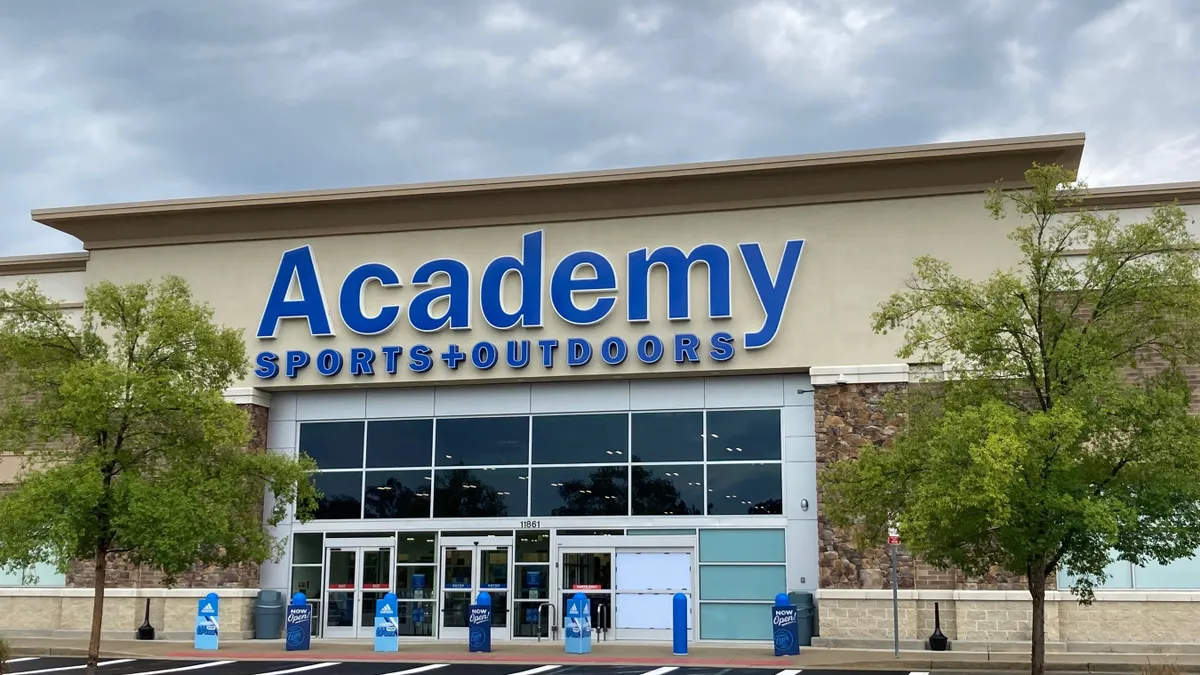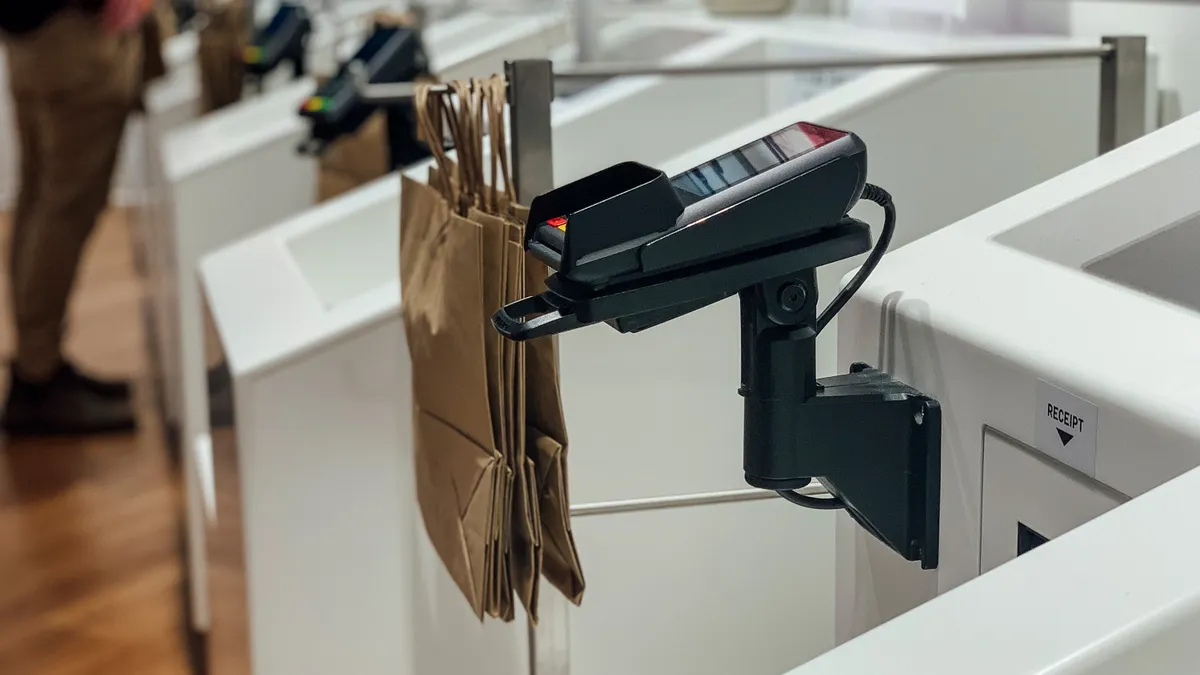They’re the most talked about generation in retail, but also the poorest. They love to shop, but are less likely to make a purchase. So what’s the millennial appeal? Why are so many retailers in a race to win this demographic, when their characteristics appear to be less than conducive to the bottom line?
The answer is in the numbers. Comprising of nearly a fourth of the population, Accenture predicts the millennials' $600 billion in annual marketplace spending will rise to $1.4 trillion by 2020, representing 30% of total retail sales.
To better reach this group ranging in age from 18 to 33, retailers can turn to Pew Research Center’s extensive survey released last month, “Millennials in Adulthood.” From institutional detachment to economic challenges, the characteristics and insights stemmed from this report may just help form the future of retail.
They’re facing a range of economic hardships
While millennials are the best-educated generation of young adults in American history, they are also one of the most monetarily lean. Recent graduates are leaving college with a staggering $27,000 average student loan debt, and the Center for American Progress claims that a recent study shows “that Millennials are more likely than older Americans to face direct economic problems.” These hardships—coupled with an economic outlook shaped by lingering impacts of the Great Recession—make it imprudent for retailers to overlook millennials’ financial challenges.
These hardships have conditioned millennials to search for the best prices in retail. "They were born and raised in tight financial age and retailers have to adjust to that," says Marti Tedesco, senior director of marketing at Baynote. And with unlimited access to information through smartphones, they have unlimited tools to save, using geo-targeted promotions and in-store price comparison apps to cater to their demands to find the right price, now.
But this impatience can come as an advantage for retailers, according to Jason Baker, a principal at retail consulting firm Baker Katz based in Houston. Baker predicts that physical stores will maintain a competitive edge over online competitors based solely on their ability to provide millennials what they want, when they want. No shipping speed can compete with the seconds-fast gratification of purchasing in-store, at least not yet.
Millennials’ tight budgets may also be contributing to the growing popularity of fast fashion. Unable to afford the pricey, quality clothes of luxury brands, some turn to retailers like H&M and Zara to fill wardrobes with affordable, fashion forward basics and trendy pieces. While others in the industry disagree with this budget blanket statement, asserting that the tide will eventually change toward more quality and sustainable goods, the success of these retailers (and the conversion of some to fast fashion) is a sign of the expanding road of fast fashion.
They’re digital natives
Employing the buzzy term “digital native,” Pew Research describes millennials as the only generation to have mastered new digital platforms—mobile technology, the internet, and social media—without any adaptation. These technological advancements are so innate within millennials’ lifestyles that retailers must adopt strategies to connect through digital devices in store. Maintaining a savvy, navigational, and engaging website has become the norm for retailers -- one established years ago. Technological expansion beyond the web is a critical next step to reach this generation accustomed to multi-platform interaction.
According to a MIT report titled “Beyond the Checkout Cart,” 80% of store shoppers check prices online, with one third of these shoppers comparing prices in physical stores on their mobile phones. Capitalizing on this instinctive trend (and to prevent the consumer from fleeing for a better price elsewhere), retailers have integrated mobile-friendly features into the in-store shopping experience.
Visitors to Macy’s enormous flagship store in New York can use its free app to access menus to in-store restaurants, book reservations for Santaland, and obtain in-store directions. Nationwide, the retailer offers a barcode/QR code scanner that gives guests instant access to product descriptions and videos. This strategy has brought Macy’s distinctive success, with $2.19 billion in operating cash flow last year.
They’re less loyal—so they expect more
Pew’s survey also notes that millennials tend to be less loyal to political parties and religious organizations, and less trusting of others when compared to previous generations. This disaffiliation may have transmitted itself somewhat to industry trends, with the one-brand consumer becoming more and more obsolete. But while the constant state of deal-hunting by millennials has decreased the reliable business of yesterday, it still may be possible for companies to attract younger consumers that will stay loyal to them for years to come.
To accomplish this task, brands have created content that interacts with millennials. The first step is to gain consumer trust and interest through discreet advertising and an interaction outside of the product. Writing for Quartz, chief economist Venkatesh Bala states that retailers’ “relationship with millennials must continue long after they exit the doors.”
Brand-produced magazines, a strong Pinterest presence, and social media accounts focused on the brand’s lifestyle rather than the product are three examples of successful content marketing. Kate Spade’s Behind the Curtain blog offers multiple “columns” that include guides to trendy cities and how to’s for making glitter fortune cookies and perfecting a French twist. Besides the company’s name and logo branded at the top of every page, this blog is more of a lifestyle publication than website pitching Kate Spade wares—a discreet marketing strategy that might have contributed to some of its recent success.
This type of customer engagement has positive long-term effects for companies beyond short term interactions. Reporting on new research by Garner, Inc., Loyalty 360 claims that “an actively engaged customer is more willing to participate with the organization through multiple different channels…they are more willing to provide feedback when asked, make best use of the products or services on offer, and make suggestions on how to improve them.”
Free People clothing brand is a prime example of this content give-and-take retailers are experiencing with younger customers. The company’s professional BLDG 25 Blog offers “insight into the illuminating culture of Free People,” covering many aspects of the “creative, independent, impressively-bold and free-spirited FP girl” with little mention of the company or its products. This investment seems to have paid off: A visit to Free People’s retail website will reveal active reviews on many of their products, including photos of customers modeling its wares.
Examining trends associated with these three millennial leanings, retailers might be able to attract this seemingly fickle demographic and their long-lost loyalty. This can have positive repercussions, especially if millennials’ confidence in their long-term economic prospects stem true—85% believe they make, or will make, enough money to lead the lives they want in the future. Call it timeless optimism, blind confidence, or stubborn denial. Either way, it makes for good retail.
Would you like to see more retail news like this in your inbox on a daily basis? Subscribe to our Retail Dive email newsletter! You may also want to read Retail Dive's look at custom publishing in the retail industry.























